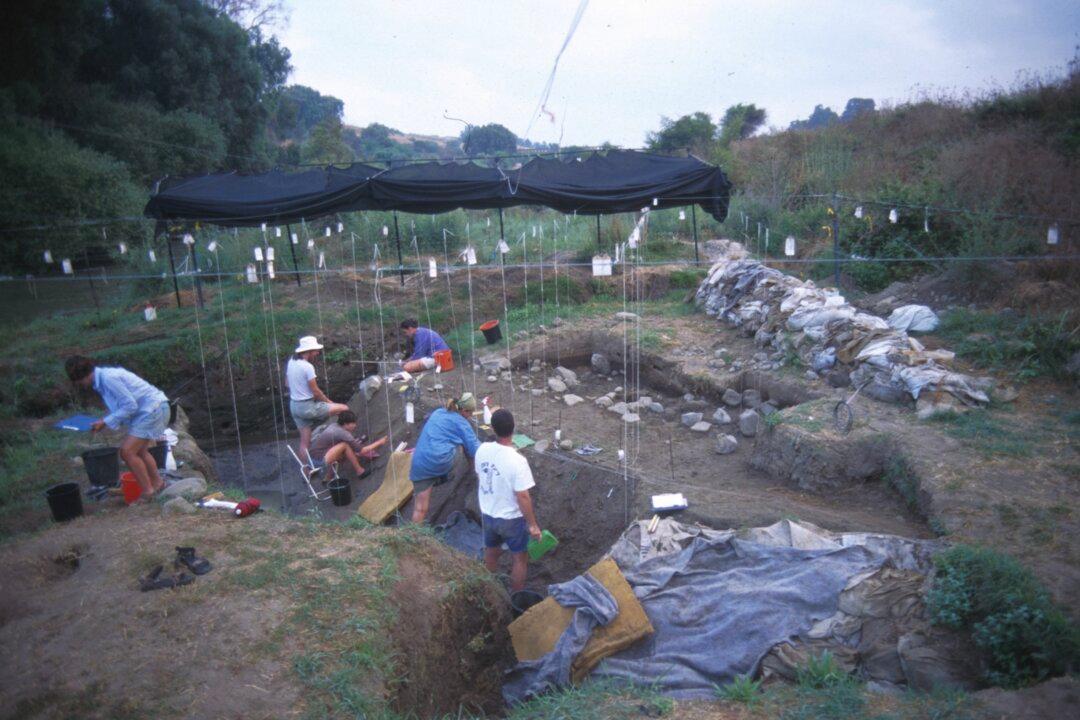The remains of fish analyzed by an international team of scientists revealed the earliest signs of cooking by humans, dating to 780,000 years ago, predating available data by about 600,000 years.
The finding, published by Nature, was made by researchers from the Hebrew University of Jerusalem, Tel Aviv University, and Bar-Ilan University, in collaboration with the Steinhardt Museum of Natural History, Oranim Academic College, the Israel Oceanographic and Limnological Research institution, the Natural History Museum in London, and the Johannes Gutenberg University in Mainz, Germany.





